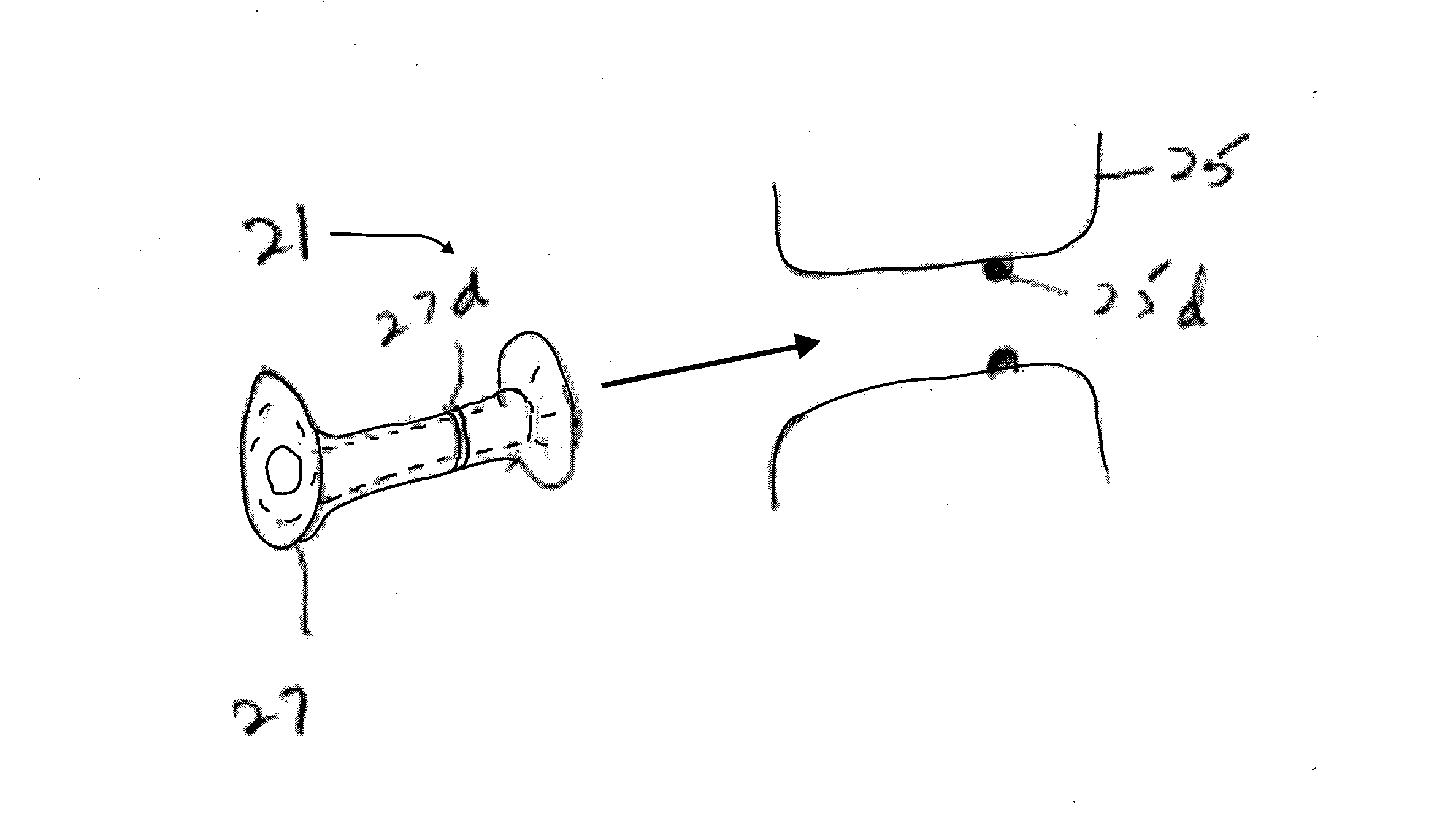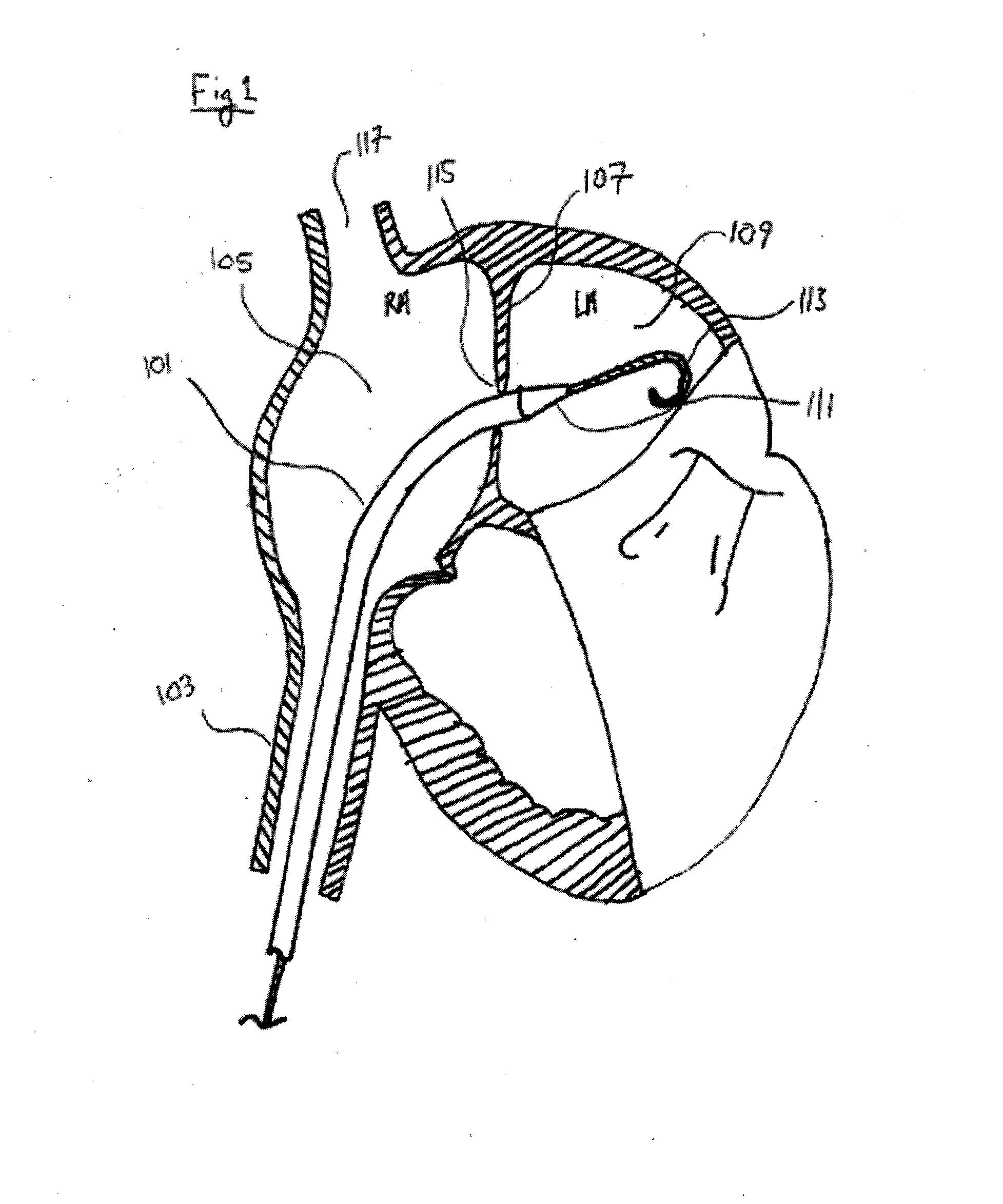Methods and devices for intra-atrial shunts having adjustable sizes
a technology of adjustable size and shunt, which is applied in the field of methods and devices for treating heart failure, can solve the problems of increased pulmonary venous pressure, shortness of breath, exercise intolerance, etc., and achieve the effects of reducing both left atrial and pulmonary venous pressure, reducing the risk of acute worsening of heart failure, and reducing the risk of later development of pulmonary hypertrophy
- Summary
- Abstract
- Description
- Claims
- Application Information
AI Technical Summary
Benefits of technology
Problems solved by technology
Method used
Image
Examples
Embodiment Construction
[0050]Certain specific details are set forth in the following description and Figs. to provide an understanding of various embodiments. Those of ordinary skill in the relevant art will understand that they can practice other embodiments without one or more of the details described below. Further, while various processes are described herein with reference to steps and sequences, the steps and sequences of steps are not be understood as being required to practice all embodiments of the present invention.
[0051]Unless otherwise defined, explicitly or implicitly by usage herein, all technical and scientific terms used herein have the same meaning as those which are commonly understood by one of ordinary skill in the art to which this present invention pertains. Methods and materials similar or equivalent to those described herein may be used in the practice or testing of the present invention. In case of conflict between a common meaning and a definition presented in this document, latt...
PUM
 Login to View More
Login to View More Abstract
Description
Claims
Application Information
 Login to View More
Login to View More - R&D
- Intellectual Property
- Life Sciences
- Materials
- Tech Scout
- Unparalleled Data Quality
- Higher Quality Content
- 60% Fewer Hallucinations
Browse by: Latest US Patents, China's latest patents, Technical Efficacy Thesaurus, Application Domain, Technology Topic, Popular Technical Reports.
© 2025 PatSnap. All rights reserved.Legal|Privacy policy|Modern Slavery Act Transparency Statement|Sitemap|About US| Contact US: help@patsnap.com



